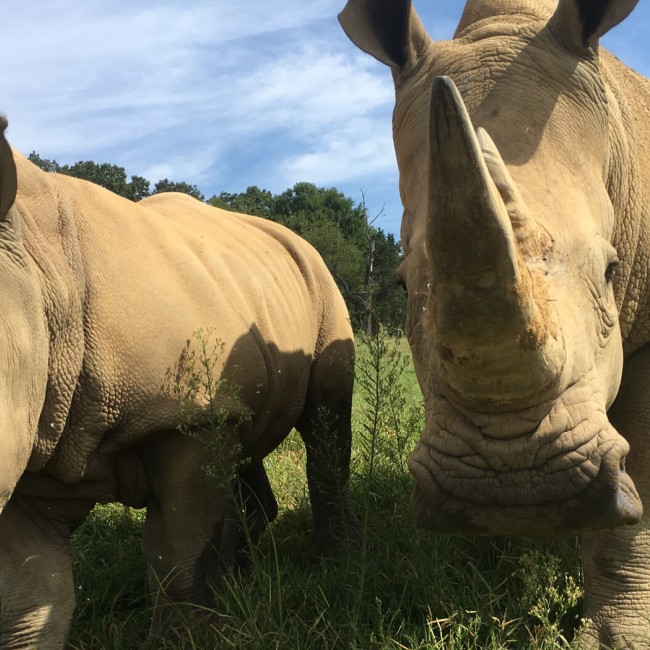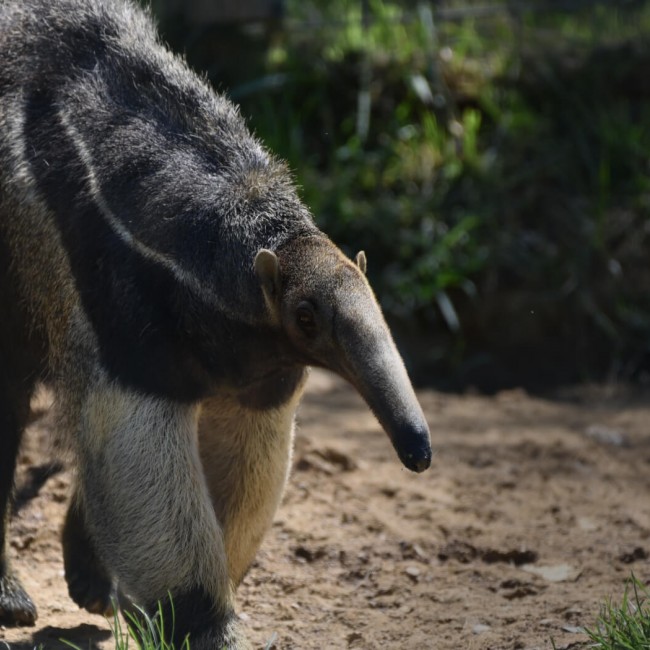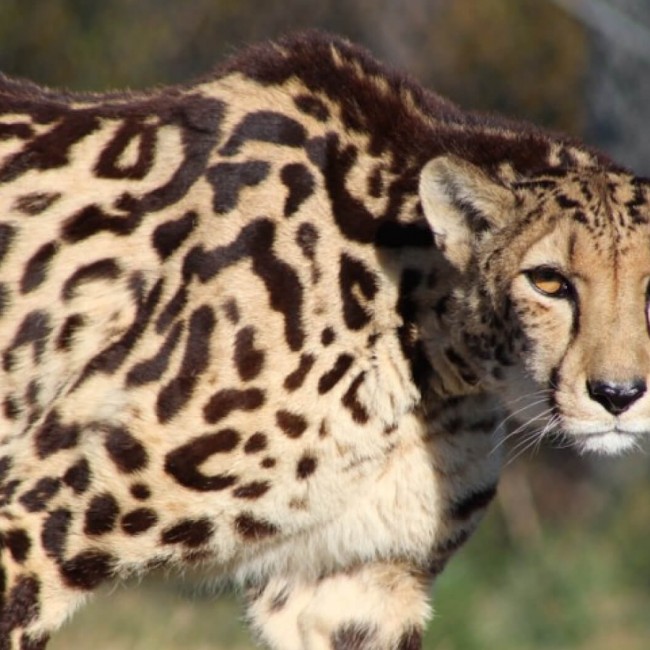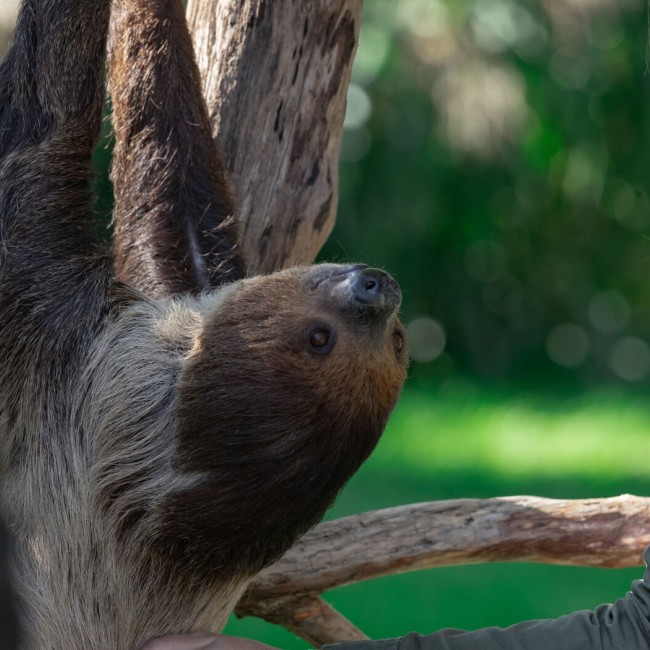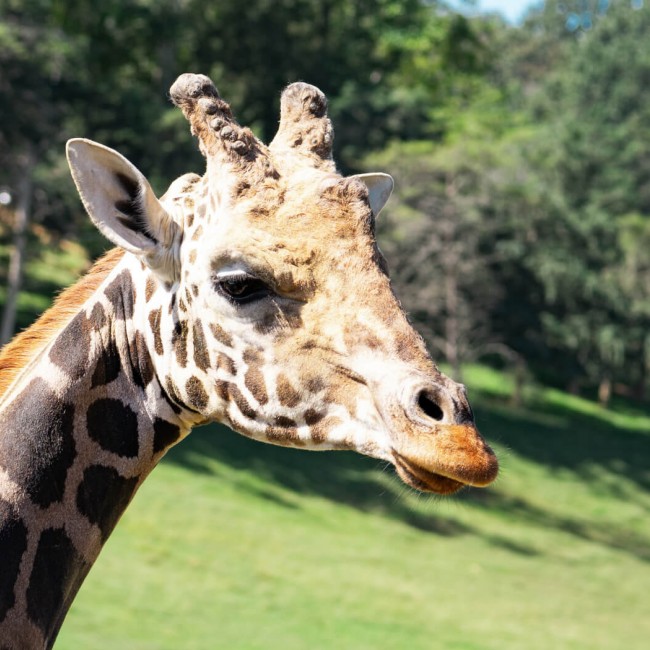Our Giant Anteater
Virginia Safari Park is home to several giant anteaters, which are the largest of their species. They’re also sometimes called ant bears and they can live for up to 16 years in captivity.
In the Wild
Giant anteaters are native to Central and South America and mostly live on the ground, unlike the other three anteater species who live in trees. You can find giant anteaters in a variety of habitats, such as grasslands and rainforests. Mostly solitary animals, anteater young do live with their mothers for nine to 10 months.








